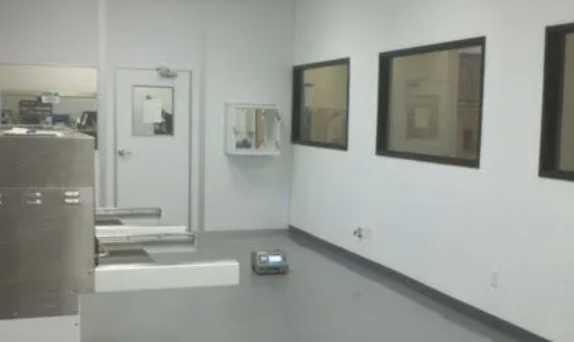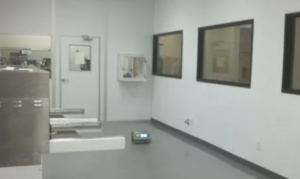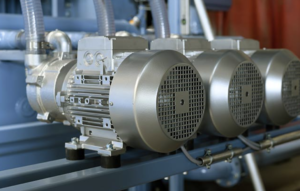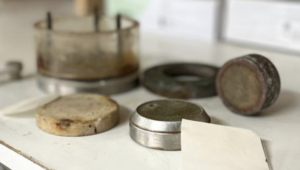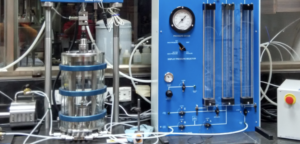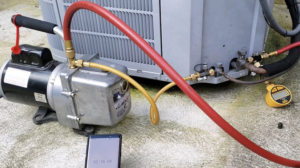Portable vs Built-in De-airing Devices: Which Is Right for Your Lab?
When triaxial results live or die on B-values and pore-pressure stability, your de-airing setup matters. The question isn’t just “does it de-gas?”—it’s “does it fit our budget, space, workflow, and maintenance reality?” Here’s a practical, engineer-to-engineer guide to help you choose.
Which Device Offers the Best Value for Your Budget?
Think total cost of ownership (TCO)1: not only the upfront price, but also throughput, consumables, pump sizing, and technician time2.
| Factor | Portable Unit (bench canister / small inline) | Built-in Unit (integrated with triaxial rack/controller) |
|---|---|---|
| Upfront cost | Low–Medium | Medium–High |
| Throughput | 2–5 L/day typical (batch) | 10–20+ L/day (continuous/recirculating) |
| Technician time | Higher (manual steps) | Lower (automation, stable setpoints) |
| Consumables | Low (simple filters) | Medium (membrane contactors, larger filters) |
| TCO over 3–5 years | Best for small labs/teaching | Best for commercial or multi-cell labs |
Rule of thumb: If you run ≤ 3 specimens/day, a portable device usually wins on cost. If you run multiple cells daily or need continuous supply, the built-in system pays back through labor savings and fewer retests.
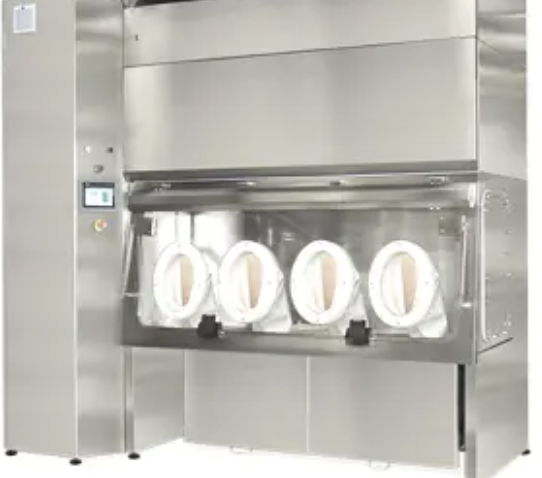
Is Portability Worth Sacrificing Automation?
Portability shines for field work, shared benches, and occasional tests. Automation shines for repeatability and speed.
| Consideration | Portable Device | Built-in Device |
|---|---|---|
| Mobility | ✔ Move between frames/rooms | ✖ Fixed position |
| Setup/teardown | Manual valves, gauges, quick disconnects | Auto vacuum control, timed cycles, interlocks |
| Repeatability | Operator-dependent | Controller-dependent (higher consistency) |
| Data logging | Manual (spreadsheets/notes) | Integrated (vacuum/DO logs for ISO/IEC 17025) |
| Risk of user error | Higher (valves left open, under-vacuuming) | Lower (alarms, setpoints, lockouts) |
Bottom line: If your KPI is repeatable B ≥ 0.95 with minimal human variability, automation is hard to beat. If you must share equipment or travel, portability wins.

What Are the Space and Workflow Requirements?
Space isn’t just footprint—it’s line length, noise, heat, and reachability for daily tasks.
Portable
- Footprint: small (shoe-box to small canister); fits crowded benches.
- Lines: may be longer if moved around; use PTFE/PFA3 to limit re-absorption.
- Noise/heat: usually lower; can sit away from operators.
- Workflow: good for batch degassing4, then carry de-aired water to cells.
Built-in
- Footprint: rack or cart; close to cells (short runs = fewer bubbles).
- Lines: short, permanent, labeled; bleed tees at high points.
- Noise/heat: managed via enclosure/venting; stable gauges.
- Workflow: continuous supply to multiple frames; fewer bottle runs.
Quick layout checklist
- Keep de-airing outlet as close as possible to back-pressure controllers.
- Add 0.45 µm micro-filters5 downstream of the de-airing unit.
- Include a cold/moisture trap upstream of the vacuum pump.
- Route bottom-up when flooding the system to push air out, not trap it.
- Mount vacuum gauges at the device and at the manifold6 (verify setpoint at point-of-use).

How Does Maintenance Differ Between the Two Options?
A reliable system is one you’ll actually maintain. Design for easy access and fast swaps.
| Task | Portable Device | Built-in Device |
|---|---|---|
| Filter changes | Inexpensive, quick | Larger elements; scheduled with PM |
| Membrane contactor replacement | Rare (if used) | Periodic (3–12 months, usage-dependent) |
| Vacuum pump care (oil/diaphragm) | Shared/portable pump; oil every 3–6 mo | Dedicated pump; PM integrated into lab calendar |
| Leak checks (soap/decay test) | Manual before each batch | Routine with manifold isolation valves |
| Documentation | Manual logs | Integrated logs for audits (ASTM/ISO workflows) |
Starter PM schedule (both types)
| Frequency | Action |
|---|---|
| Daily | Visual bubble/DO check; confirm vacuum level at manifold |
| Weekly | Leak test; drain/clean moisture trap |
| Monthly | Replace micro-filter; check pump oil (rotary vane) |
| Quarterly | Gauge cross-check; inspect tubing, O-rings, quick disconnects |
Conclusion
Choose portable if you value low cost, mobility, and occasional testing. Choose built-in if you need high throughput, automation, short lines, and audit-ready logs. Either way, prioritize short, non-permeable plumbing, solid vacuum control (≈ −70 to −85 kPa gauge at point-of-use), and disciplined PM. That’s how you convert de-airing hardware into reliable B-values and cleaner effective-stress paths—day after day.
-
Understanding TCO helps in making informed decisions about equipment investments, considering all associated costs. ↩
-
Exploring this topic reveals how reducing technician time can lead to significant cost savings and improved productivity. ↩
-
Explore this link to understand how PTFE/PFA can enhance efficiency and reduce re-absorption in various processes. ↩
-
Learn about batch degassing to improve your workflow and optimize processes in manufacturing. ↩
-
Explore this link to understand how 0.45 µm micro-filters enhance system efficiency and protect sensitive equipment. ↩
-
Learn why proper gauge placement is crucial for accurate monitoring and maintaining optimal system performance. ↩

